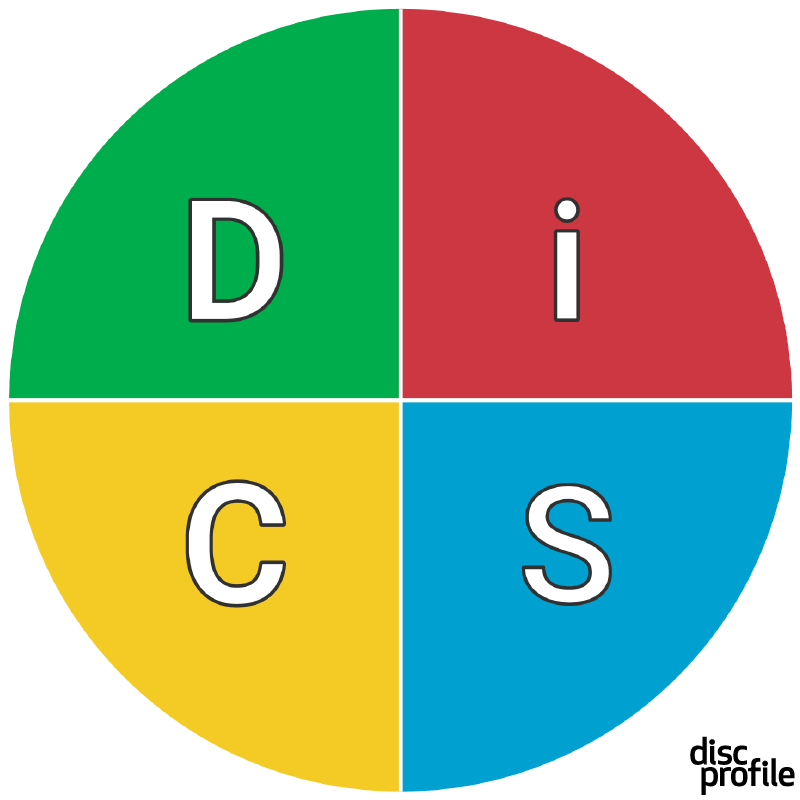Pick a topic.
This part should be really easy for you, but To make this less difficult, you should think about what you do, what’s interesting about it, and how you can help people with the knowledge you already have. This is where those long tail keywords should come into play. Learn more about building Evergreen Content for your business. These are the real phrases people search for – the long, specific, and sometimes incomplete questions or illogical word combinations that people type into a search bar. Yoast describes it perfectly – the longer the tail, the more specific and less competitive your keyword gets. It’d be like someone starting their search with “website traffic” and ending with “how to increase website traffic with a blog.” Focus your blog on something within your “realm.” For example, if you’re an IT company, you could write on anything from Microsoft OneNote to email safety. However, your content still needs to be specific – so, “How to use OneNote” versus “How to use OneNote to increase employee collaboration.” You should also n topics that can be built on. In other words, a blog that can link to other blogs. For example, if you own a pizza joint, you could write a blog on how to make pizza dough. Later on, you might decide to write a blog on how to make pizza sauce and then another blog on how to properly store these items. Inside these two separate blogs, you can easily link back to your original blog on how to make pizza dough. And just like that, you have interconnected (and super useful) blogs. At this point, it could be helpful to map out your content strategy. Here’s what ours could look like (keep in mind, though, this would only be one branch (marketing) of many separate branches we offer (sales, ops, culture, HaaS, etc.). You can actually read The Definitive Guide to MSP Marketing right here. Like now. Go do that.
You can actually read The Definitive Guide to MSP Marketing right here. Like now. Go do that.
Do your research.
The goal is to get your blog to become the authoritative voice on the given topic – to rank higher than other blogs that talk about the same thing. To do this, your blogs need to be useful, accurate, and well written. But unfortunately, it’ll be difficult (but not impossible) for you to become the authoritative voice on a topic if all you do is quote and reference other sources. So again, you need to write about things you already know – topics you have a definite opinion on and topics that deal directly with your industry. However, this doesn’t mean your blogs should be devoid of research altogether. The research you include simply works to support your original content, ultimately reinforcing your opinions and thought processes. Here’s an example from Hubspot:
hubspot.com
Hubspot knows marketing and sales really well, and Hubspot has its opinions on what does and doesn't work; nonetheless, Hubspot will still link to other reputable sources to back its claims.Write your content.
When it comes time to actually write your blog, don't go overboard. There is a time and a place for long words, overcomplicated sentences, and really deep comparisons, but a blog on how to make pizza dough is certainly not that place. Even if you are writing on something as complex as computer viruses, you need to imagine your audience. A bunch of internet geniuses probably aren’t going to read your blog, and they probably aren’t your target audience or ideal consumer for that matter. You’re catering to the receptionist of a dentist office or the owner of a car repair shop. These people just want to know how to avoid a phishing attack; they don’t want every deep, dark, and complicated detail about phishing. And while we’re on it, don’t be afraid to lighten up and have a little fun with your blog. Don’t be so stiff and serious like every other blog on the internet. Write more like you talk, use some sarcasm, make fun of yourself, and keep it engaging. Here’s a snippet from a Cracked article that’s been viewed over 600,000 times in less than a month: cracked.com
cracked.com







